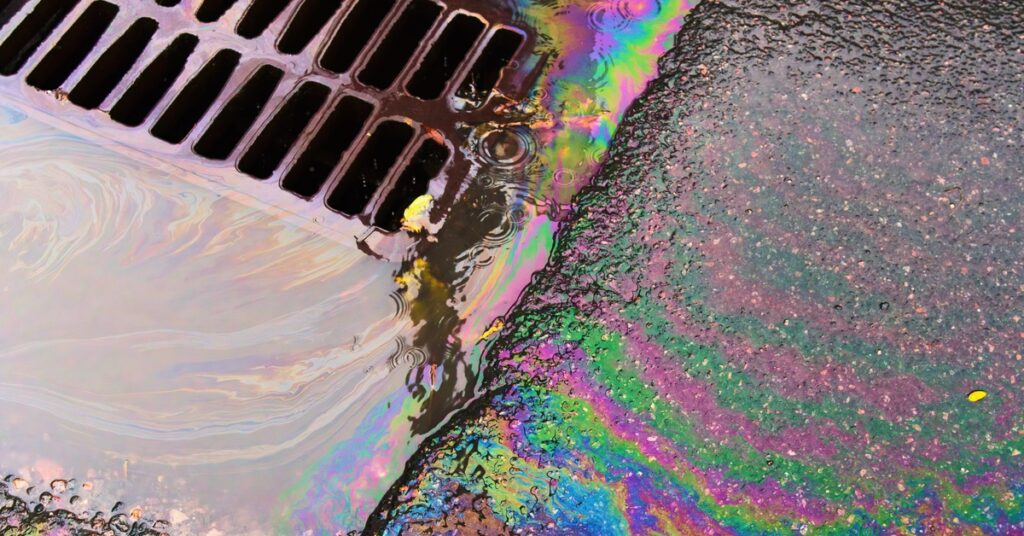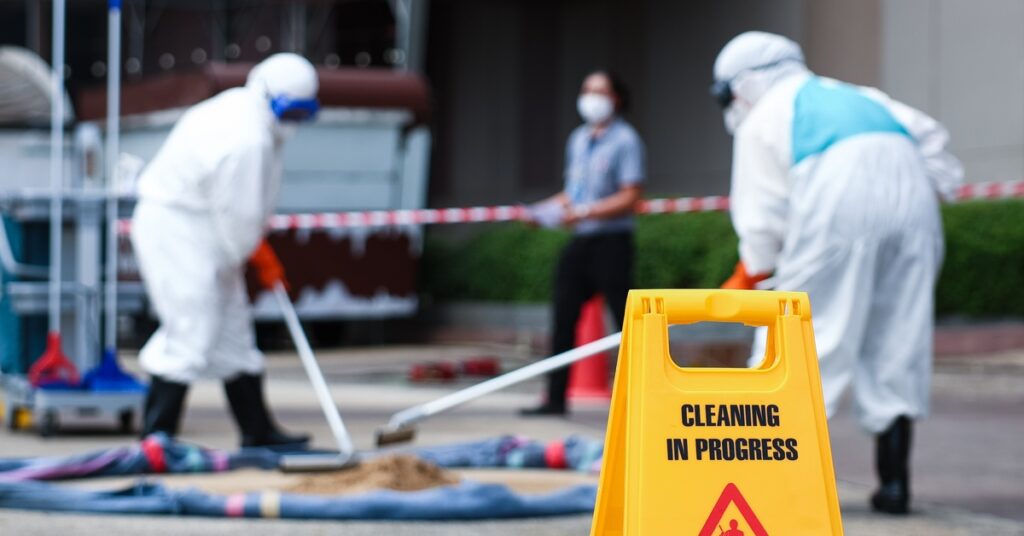
Industrial facilities, from manufacturing plants to agricultural operations, handle a wide array of liquids daily. These substances, which range from hazardous chemicals to fuels and fertilizers, are fundamental to modern commerce.
A spill or leak, no matter how small, can set off a chain reaction of negative consequences.
This is where a proactive strategy comes into play. Understanding how facilities benefit from spill containment liners is the first step toward a safer, more compliant, and financially secure operation.
Find out why these liners provide a critical layer of defense, so you can protect your assets and the environment from costly accidents.
The Foundation of Spill Containment
A spill containment liner is a strong, impermeable barrier placed within a primary containment area. Its purpose is to catch and hold any liquid that escapes from a primary storage vessel, such as a tank or a drum.
These liners are always manufactured from robust materials like high-density polyethylene (HDPE), polypropylene, or specialized PVC composites.
The material choice depends on the specific chemicals a facility stores and the environmental conditions it faces. Think of it like this: you have a valuable collection of rare books stored in a beautiful wooden chest.
To protect them from potential water damage, you line the inside of the chest with a waterproof material.
A spill containment liner functions on the same principle, but on an industrial scale. It acts as a reliable backup system, which gives you peace of mind that a leak from your primary container won't become a full-blown environmental crisis.
The design of these systems is not one-size-fits-all.
Some facilities may use a simple liner within a concrete secondary containment structure. Others might require a more complex, fabricated system complete with drainage ports and custom fittings for pipes.
The correct solution is always one that is tailored to the facility's specific needs, the volume of liquids stored, and the potential risks involved.
Protecting the Environment and Your Reputation
Environmental regulations are stricter than ever. Agencies like the Environmental Protection Agency (EPA) have established clear rules, such as the Spill Prevention, Control, and Countermeasure (SPCC) regulations.
These rules mandate that facilities storing certain quantities of oil or oil products must have adequate spill prevention and response plans. Spill containment liners are a direct and effective way to meet these requirements.
A leak of chemicals or petroleum products can contaminate soil and groundwater for decades.
The cleanup process is complex, expensive, and can disrupt operations for an extended period. A properly installed liner contains the spill at its source, which prevents it from ever reaching the surrounding environment.
This containment makes the cleanup process faster, safer, and substantially less costly.

Maintaining Your Reputation
Beyond the regulatory fines and cleanup expenses, an environmental incident can inflict severe damage on a company's reputation.
News of a chemical spill spreads quickly and can erode public trust, alienate customers, and attract negative media attention. By proactively investing in spill containment, a company demonstrates its commitment to environmental stewardship.
This shows that the facility is a responsible community partner, a trait that enhances its brand image.
Safeguarding Employee Health and Safety
The liquids stored at many industrial sites are not just harmful to the environment; they can also be dangerous to human health.
Acids, caustics, and volatile organic compounds (VOCs) can cause severe burns, respiratory problems, or other long-term health issues upon exposure. A spill creates a hazardous work zone where employees are at risk.
When a spill is contained by a liner, the exposure area is limited. The liquid pools in a predictable location instead of spreading across a wide floor space. This defined zone makes it much safer for response teams to approach, assess, and manage the cleanup.
They can wear the appropriate personal protective equipment (PPE) and use correct procedures without the threat of the hazard spreading unpredictably.
Liners in Action
Consider a scenario where a valve on a chemical tank fails.
Without a liner, the caustic liquid could flow across walkways, under equipment, and into employee work areas. With a liner in place, the substance is quickly captured within the bermed area around the tank.
This containment keeps walkways clear and minimizes the immediate danger to personnel, which turns a potential catastrophe into a manageable incident.
Financial Advantages and Asset Protection
The financial case for spill containment liners is compelling. The upfront cost of a liner system is a fraction of the potential expenses that follow a spill, including regulatory fines and the direct costs of cleanup.
Beyond fines and cleanup, spills can cause direct damage to a facility's assets.
Corrosive chemicals can degrade concrete foundations, damage structural steel, and ruin expensive machinery. When a chemically resistant liner contains a spill, the facility's infrastructure is shielded from contact.
This protection extends the life of the building and its equipment, which saves on repair and replacement costs.
Keeping the Work Environment Operational
Furthermore, operational downtime is a huge source of financial loss.
A major spill can shut down a section of a plant, or even the entire facility, for weeks or months. Every moment of downtime represents lost production and lost revenue.
A liner system dramatically shortens the incident response and cleanup timeline, which allows operations to return to normal much faster. This quick recovery minimizes financial disruption and helps maintain business continuity.
Equip yourself with high-quality spill containment liners now to see these benefits up close.

A Versatile Solution for Diverse Industries
The need for spill containment is not always limited to one type of industry. The applications are as varied as the liquids that facilities use.
Agriculture Applications
In the agriculture sector, farms and cooperatives store large volumes of fertilizers, pesticides, and fuel. A spill of these substances can contaminate valuable farmland and nearby water sources.
Liners installed under and around storage tanks provide a crucial safeguard for these rural operations.
Power Plants
Power generation plants, both traditional and renewable, use oils for lubrication and cooling. A leak from a transformer or turbine can result in an oil spill that is difficult to clean and environmentally damaging.
Secondary containment liners around this equipment offer a reliable method to capture any leaks.
Food Production
Even food production facilities see benefits.
They may use strong cleaning agents, sanitizers, or store large quantities of cooking oils. A spill can create a slip hazard and contaminate production areas.
A liner system helps to isolate these spills for quick and hygienic cleanup.
Keep Your Facility Safe
These examples illustrate the adaptability of spill containment technology.
It is a fundamental component of safe operations across a broad spectrum of industries. The core principles of protection, compliance, and cost savings apply universally, which confirms how facilities benefit from spill containment liners regardless of their specific field.
Use this technology as a smart, strategic investment in your facility’s long-term health and success.
